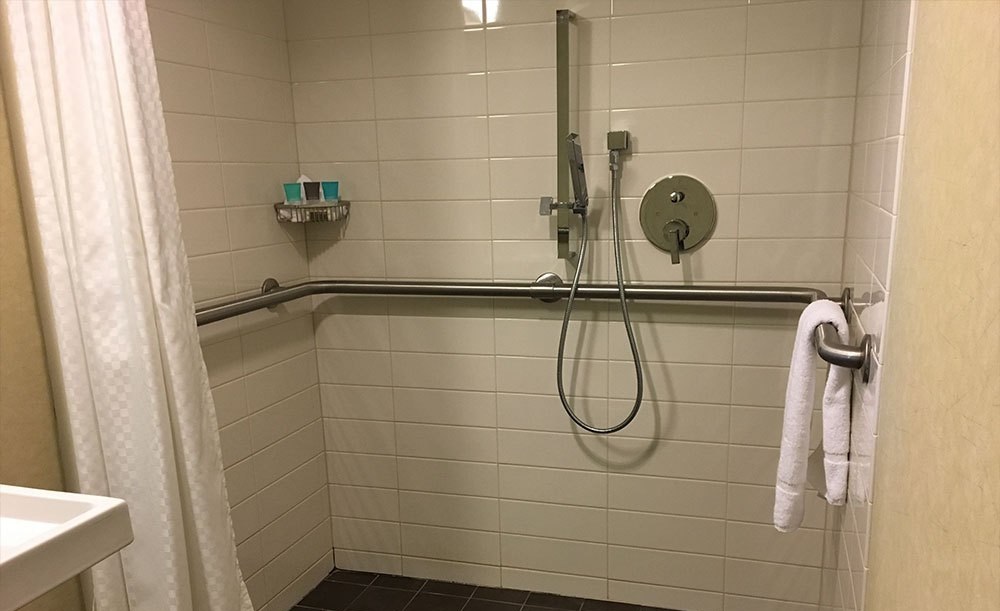Understanding and adhering to the Americans with Disabilities Act laws can be a challenge. ADA showers can be a particularly daunting task that needs to be thoroughly understood before one is installed.
Transfer Showers
A transfer type shower should be a 3-foot by 3-foot compartment with a bench on one side and a low handheld shower head on the opposite wall. The controls should be easy to operate. This type of shower will be equipped with a grab bar, as well.
Roll-In Showers
Roll-in showers are the same size, but they do not need to contain a seat. These should also be equipped with a grab bar and easy to operate controls.
Alternative Roll-In Showers
The transfer and roll-in showers only have three walls. An alternative to a roll-in would be to add a fourth wall that has a movable entrance. If there is no seat provided, the requirements are in-line with those of a standard roll-in shower. This means the bathing area should still have a grab bar and easy to use controls.
Spray Units
If only one person requires the ADA compliant shower, it is acceptable to have an adjustable height spray unit. However, it should still come with a detachable or handheld head and easy to use controls.
Curtain Rods
Many people wonder what height a curtain rod should be according to ADA standards. This is a tricky topic because the standards do not set a specific height for curtain rods. However, the minimum clearance height for accessible routes is 80 inches, so it is a good idea to place rods at least this high off the ground.
Many people struggle with ADA compliance. This is especially true with showers. This list is a good starting point for understanding them. You should still read the full standards to ensure compliance in your facility.

